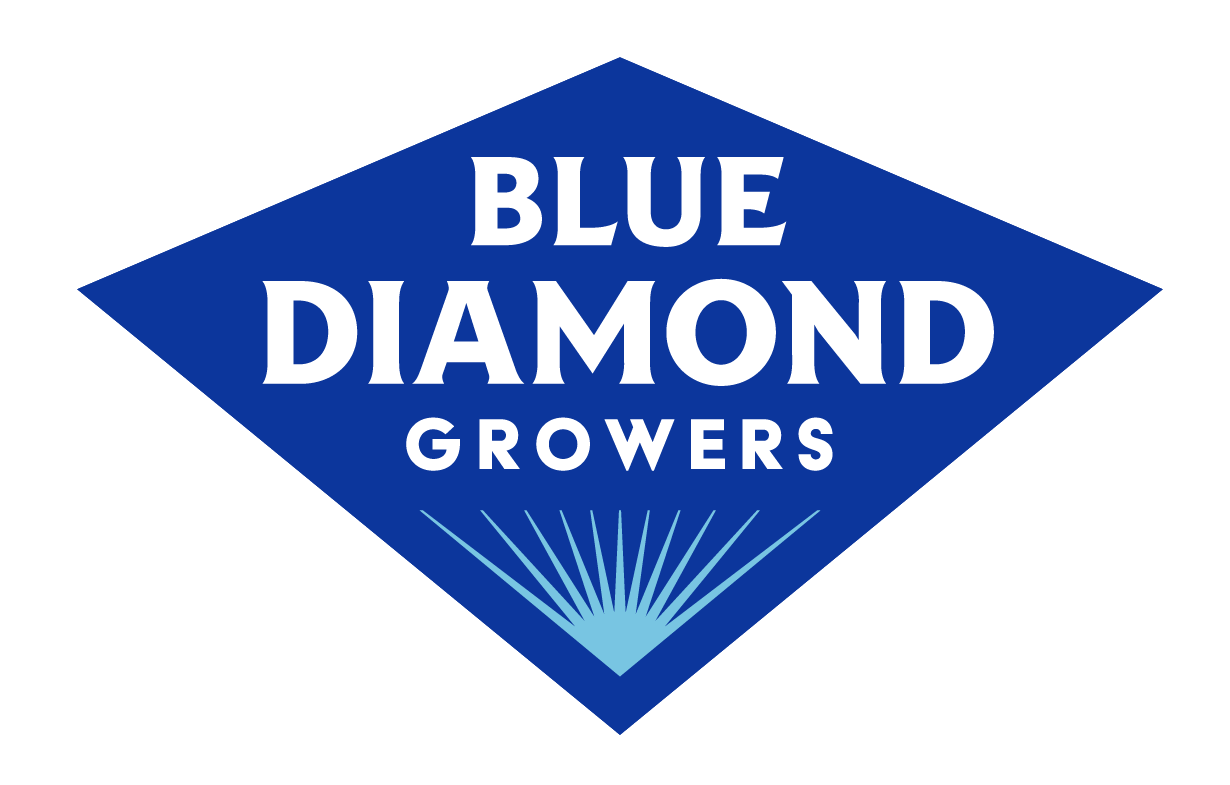Almond Industry 2016 Preview
I recently had the opportunity to discuss the latest and future trends of the almond market with American and Western Fruit Grower. Our conversation touched on many topics, including demand, pricing and opportunities for growth within the industry. As always, Blue Diamond is committed to consistent communication with our growers, customers, and industry members alike, and so, I wanted to share this interview and my outlook on the market as the new year begins.

Q: Where do you see almond demand heading in 2016?
A: Almond demand remains strong. There is a short-term phenomenon that is occurring because of some defaults on traders in Dubai and India that pushed some market uncertainty in the buying channel, but consumer demand remains very, very strong. The U.S. and European markets remain consistent growth markets where consumers have shown they’re willing to pay a premium for healthier food products, and as buyers of almonds continue to proliferate, the demand will remain strong.
We also think some of the price relief that has happened in almonds will stimulate additional demand in markets like China and India, which may have balked at the bubble prices that we saw this past summer. So our forecast is that demand will not be the issue in this coming year. We think that, provided there’s supply, there will be healthy demand to continue to drive the almond market.
Q: Where do you expect almond prices to go in the coming year?
A: I do believe that we’ve seen a significant correction in almond market prices, and at current price levels, we think that there’s a good chance that we’re starting to reach an equilibrium where supply and demand meet. Our forecast would be for prices to be relatively stable over the mid to long term (6 to 18 months).
What probably will be the single biggest determinant of pricing is going to be expectations of bloom weather, and then actual bloom weather. If I look back over history, the last two very strong El Niño year periods were 1998 and 1983, and in both of those years, almond yields dropped by a third. If we get strong El Niño impact in late February or early March, I think we will see buyers who have been around for a while recognize that there’s real risk on the size of the coming year’s crop.
Even with more water, the irony is if we don’t have bloom weather, we’re not going to have a big crop, so expectations about bloom weather and the ultimate bloom weather will have a profound impact. I wouldn’t be surprised if January is the low point in this coming year’s cycle for almond prices.
Q: Where do you think the greatest opportunities lie for almond growers in 2016?
A: We’re hoping for good bloom weather, and we’re hoping for continued supply at Blue Diamond, because we’re in the value-added almond business. We sell almond milk around the world on five continents now. We’ve got joint venture partners selling almond milk. Our snack almond business continues to grow and be very vibrant, and we continue to add new products like almond flour, which provides ways for us to bring the goodness and healthfulness of almonds to people around the world in new forms.
We think that the opportunity is going to be for those companies that refocus on demand generation. This will be an opportunity for the entire industry to refocus on how to create real demand and generate new marketplaces for almonds to pull that increasing supply through. We’re optimistic about that.
Q: What do you think some of the biggest challenges will be for the industry this year?
A: I think water is still the biggest challenge, and as we’re sitting here in a very consistently damp January, it seems that would be surprising. But we need continued rain and snowpack, and the bigger systemic solutions to water are still a ways off.
I do believe with the creative genius of this state and the value of California agriculture, that ultimately, the state will come to the right decisions and right conclusions in providing a more sustainable solution for agriculture. But in the near term, we’re at the mercy of Mother Nature, so water probably remains the single biggest concern for the industry.
Q: Any other thoughts on the 2016 almond market?
A: We’ve gone through this sort of unprecedented seven-year run of prices continually moving higher, and we probably had one or two years at the end that were a bit more of a bubble than real sustainable, long-term growth. So we’ve seen a correction, but I think that in many ways, that could turn out to be the healthiest thing for the industry. I think almonds are more appropriately valued from a price standpoint, and I think we’re in a place where we can get back to encouraging and growing fundamental consumer demand for almonds around the world. As I look into the new year, I’m really excited by that challenge.
